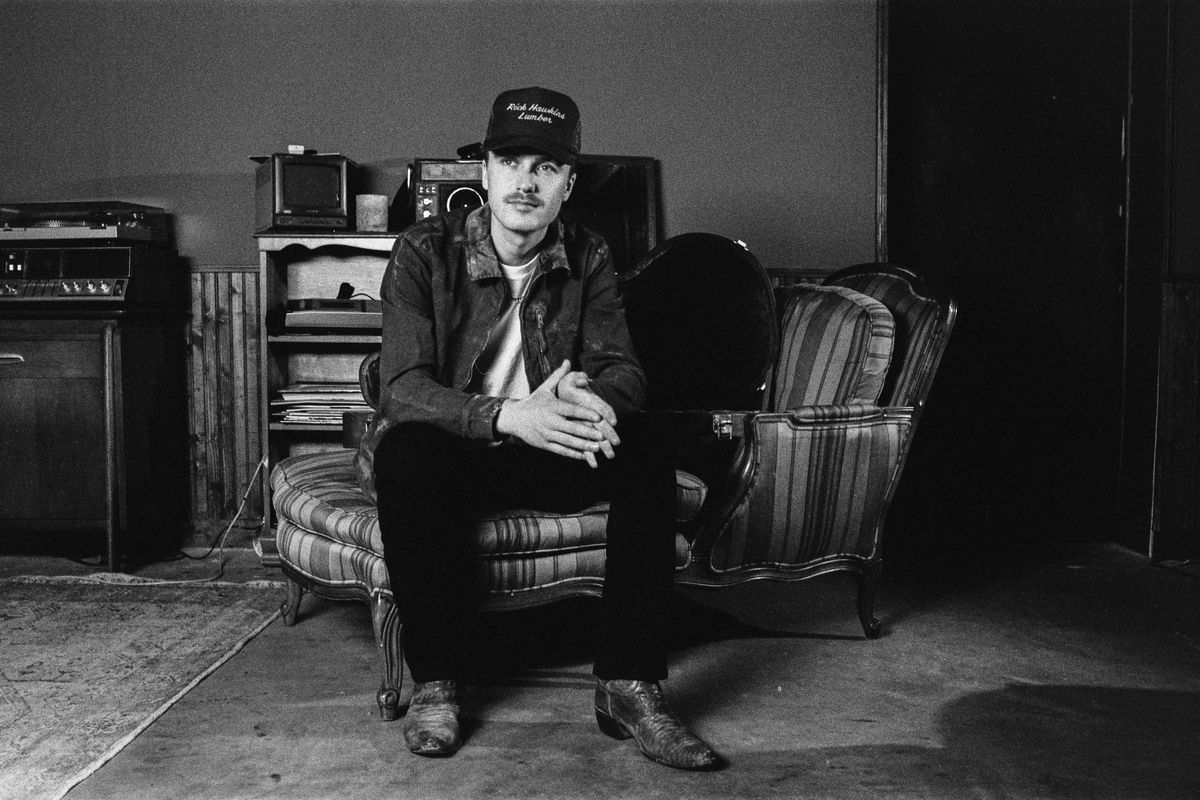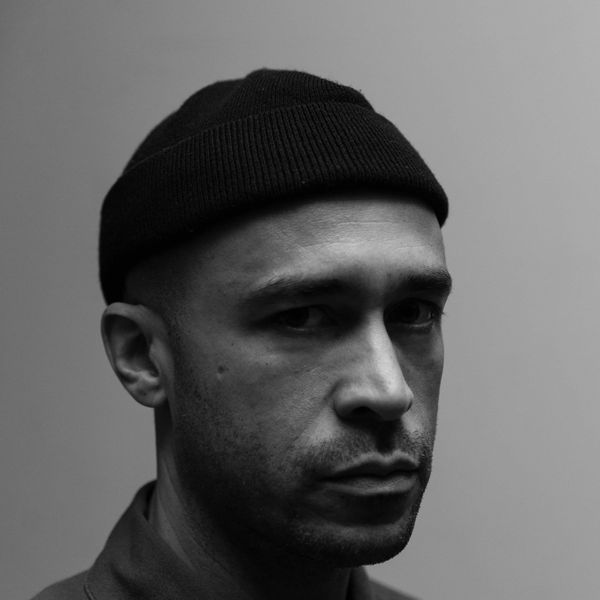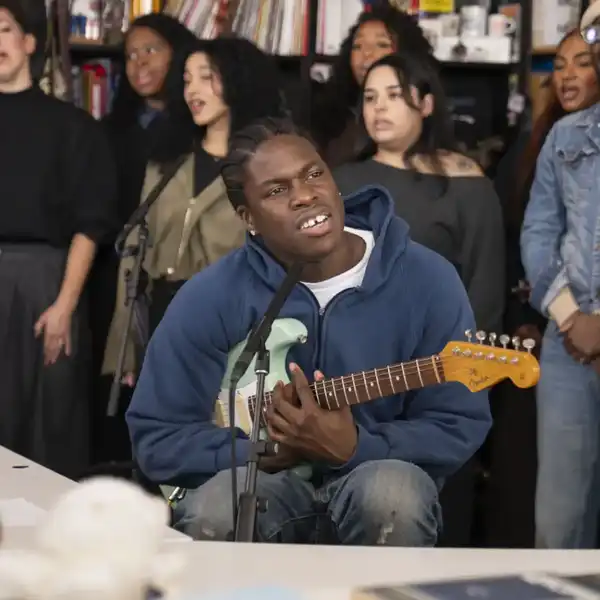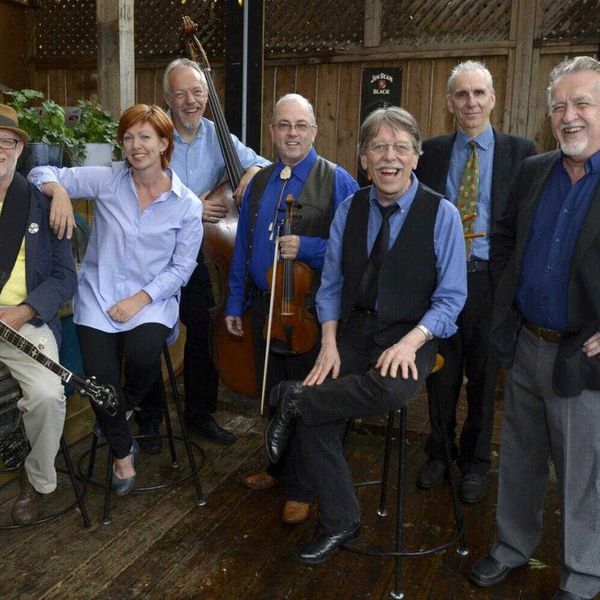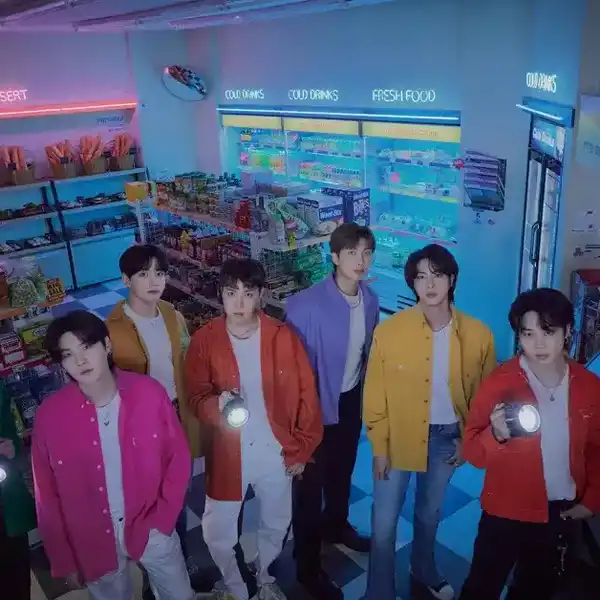Music Canada's Amy Terrill Promotes Music Hubs In Ottawa
Earlier this week, Music Canada’s Executive Vice President Amy Terrill participated in the Standing Committee on Canadian Heritage’s study on Cultural Hubs and Cultural Districts in Canada. We offer an excerpt from her appearance at the committee hearing.

By External Source
Earlier this week, Music Canada’s Executive Vice President Amy Terrill participated in the Standing Committee on Canadian Heritage’s study on Cultural Hubs and Cultural Districts in Canada.
We have excerpted part of her remarks, which are included in Terrill’s extensive Music Cities research, including The Mastering of a Music City report. The complete text can be found on the Music Canada website.
Music spaces are sometimes not what you might expect.
A large portion are not buildings built specifically for a music purpose. Likely half of the inventory is made up of multi-use, repurposed or unusual spaces. Bars, restaurants, coffee shops, libraries, retail spaces, micro-breweries, repurposed industrial properties – to name a few.
In large cities and small towns – places for musical creation and performance are emerging from unique raw materials.
Similarly, creative hubs do not fit a tight definition – I encourage you to think in broad terms about what qualifies as a creative hub.
And secondly this network of cultural spaces is composed of a mix of for-profit and not-for-profit– both are critical for the sustenance of our cultural sector.
The same artists who perform at not-for-profit venues, perform at for-profit venues – it really makes no difference.
Our cultural districts are also made up of this mix.
Commercial entities – as an example music venues or music studios – are important tenants in cultural districts and struggle with some of the same challenges facing their non-profit cousins, but typically do not qualify for federal funding programs.
Queen Street West was mentioned in the department’s testimony. One of Queen West’s most iconic and longest-serving operators – the Legendary Horseshoe Tavern – is only able to maintain its space thanks to the generosity of the building’s owners. Should the landlord choose to charge market rent, the Horseshoe could not remain.
Other jurisdictions have recognized the important contributions of the commercial sector – and that they too face affordability pressures – and heightened demands from nearby residents to mitigate sound – and have made loans or grants available to venues to upgrade their facilities or acquire specialized equipment.

